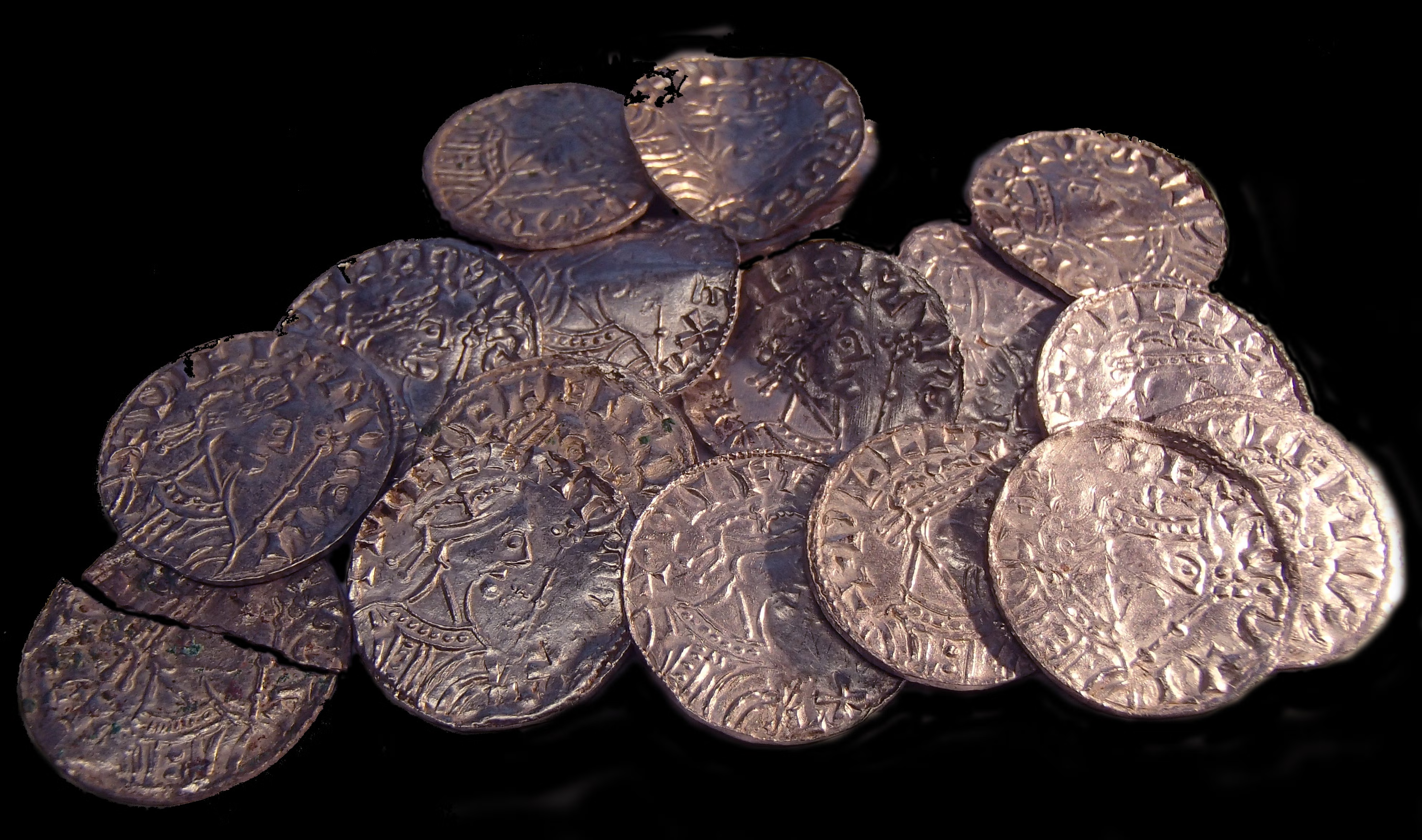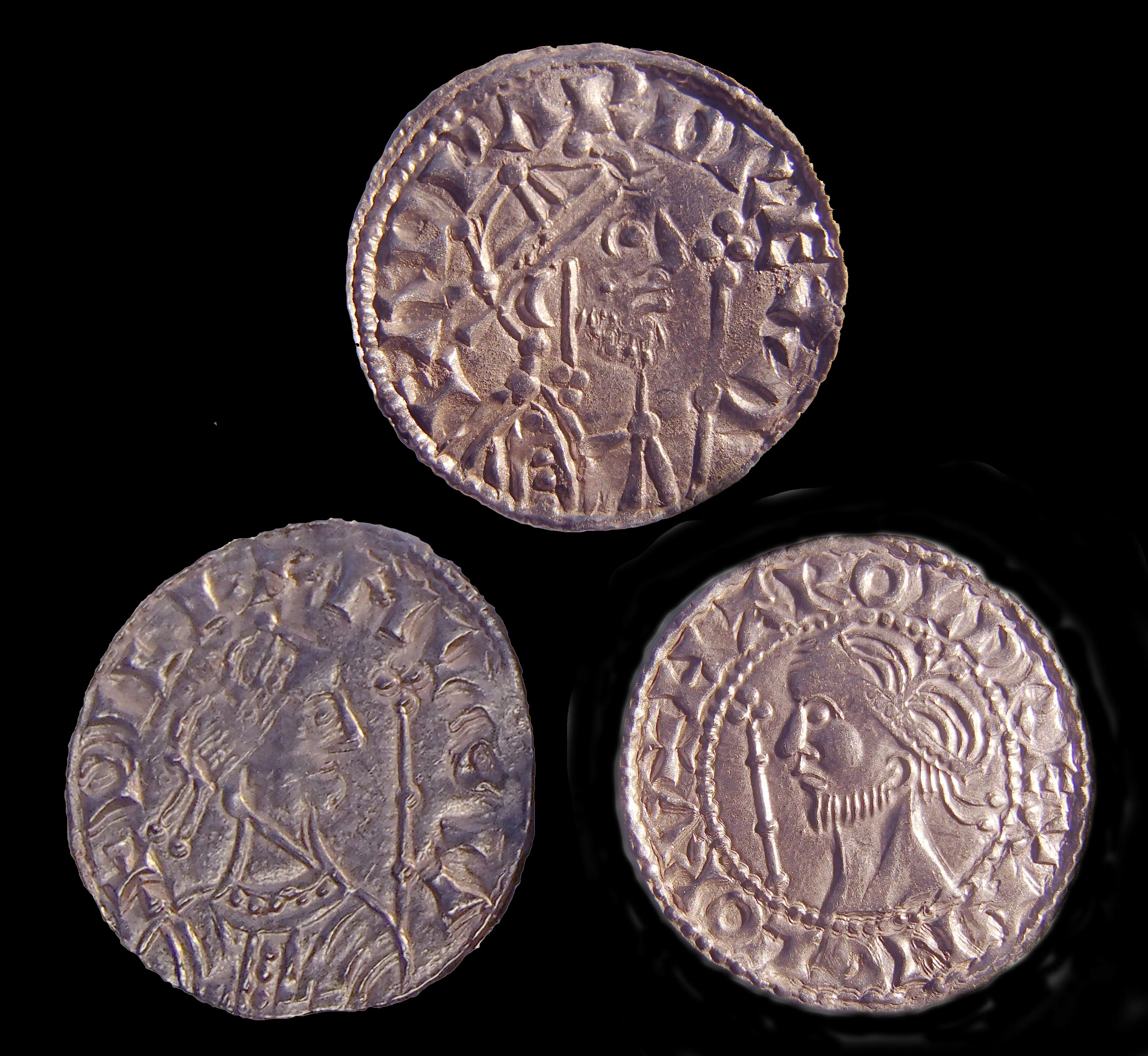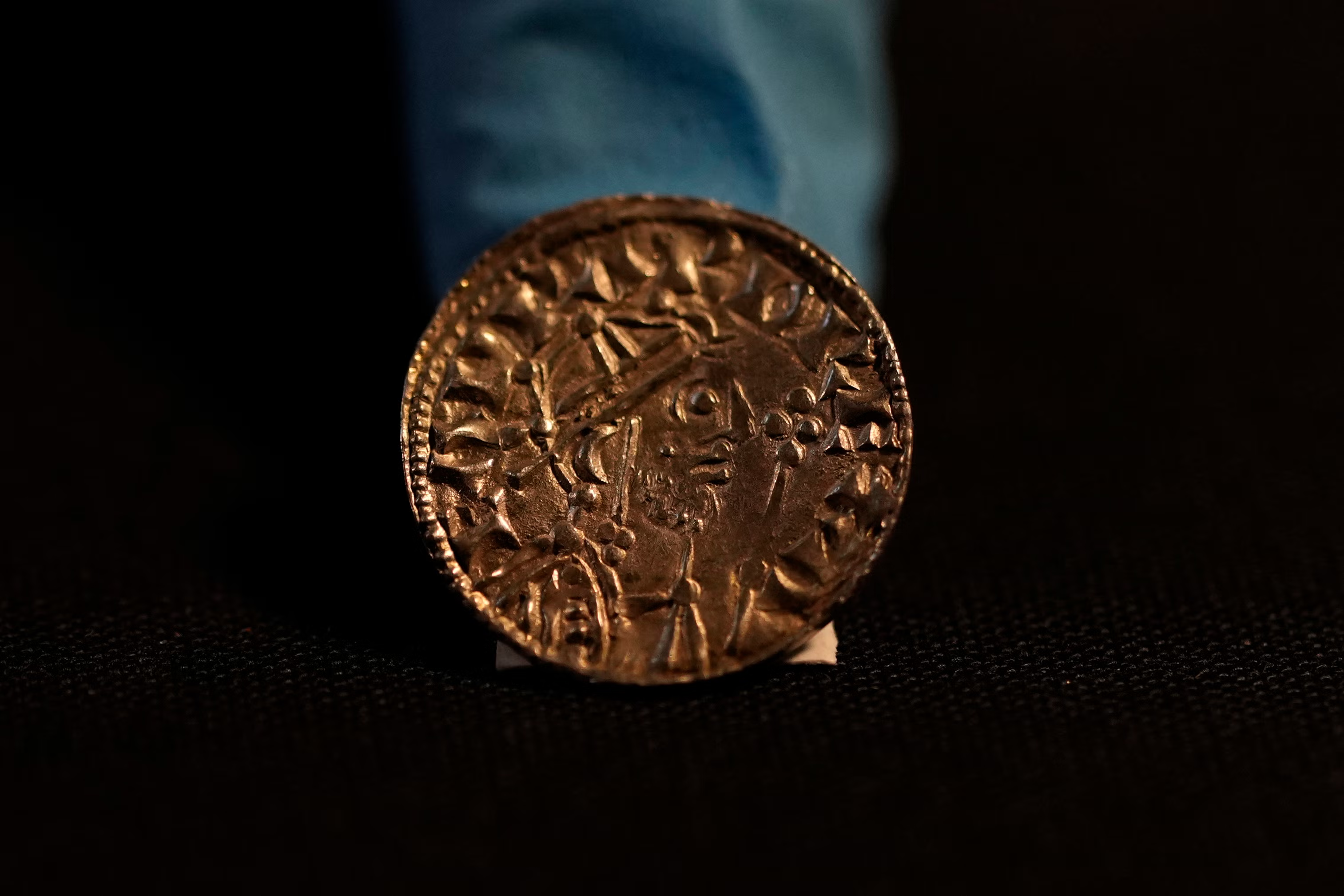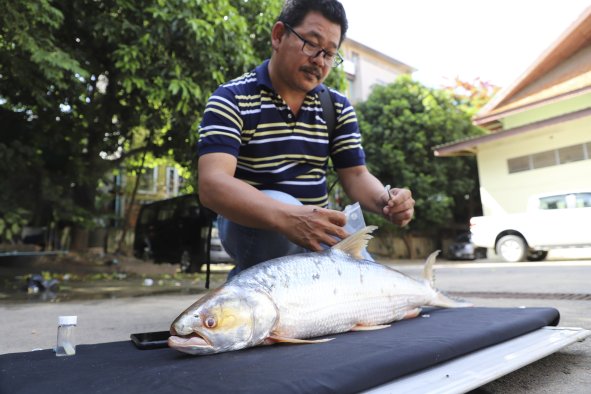Your support helps us to tell the story
Support NowThis election is still a dead heat, according to most polls. In a fight with such wafer-thin margins, we need reporters on the ground talking to the people Trump and Harris are courting. Your support allows us to keep sending journalists to the story.
The Independent is trusted by 27 million Americans from across the entire political spectrum every month. Unlike many other quality news outlets, we choose not to lock you out of our reporting and analysis with paywalls. But quality journalism must still be paid for.
Help us keep bring these critical stories to light. Your support makes all the difference.
A group of metal detectorists uncovered an extraordinary hoard of 2,584 ancient coins in a Somerset field valued at £4.3million.
The 11th-century coin trove, known as the Chew Valley Hoard, is now England’s most valuable treasure find, revealing new information about the historical transition following the Norman Conquest.
The set includes pennies depicting William the Conqueror and Harold II, and a number of coins of William I issued after his coronation in 1066.
Adam Staples, 48, discovered the coins in 2019 with his girlfriend at the time, Lisa Grace, and five friends, but had to wait for years to secure the payout.

Under the Treasure Act 1996, hunters must report an archaeological find to the local coroner within 14 days of discovering it.
The auctioneer from Derby said: “It’s like winning the lottery but then you can’t cash the ticket for five years.
“Coming to the British Museum a few days after we found the hoard, when they opened the front gates and we drove through crowds with a few million pounds worth of coins in the back of the car, was a surreal experience.
“And then it was Covid and five years of silence until we got to this point. It’s frustrating, but it’s still winning the lottery, so you feel like you can’t complain.
“We received the money a few weeks ago – I’ve bought a house and can now live mortgage-free.”

Half of the money went to the landowner, and the rest was split between the members of the treasure-hunting group, meaning they got around £300,000 each.
Despite hitting the jackpot, Mr Staples is continuing to hunt for treasure, having last gone detecting on Sunday.
Experts believe the coins provide valuable insights into the economic conditions during the period following the Battle of Hastings. They suggest the coins were buried for safekeeping amid the unrest at the time.
Gareth Williams, a curator at the British Museum, said the original owner was likely affluent and possibly involved in the conflicts during the Norman invasion.

Evidence showed whoever buried the trove was “involved in some way in the Battle of Hastings”, he added. The hoard would have bought a flock of more than 500 sheep, he said, and so it must have belonged to “someone relatively wealthy”.
That person “may or not” have come to an unpleasant end, Mr Williams added.
Coins in the 1,000-year-old hoard show signs of being illicitly tampered with, having mixed designs on either side. Experts said this is evidence that the person striking the coins was avoiding paying a fee to obtain an up-to-date design.
Mr Williams said that making false coinage risked a severe penalty – having a hand cut off – at the time. “We can see from these coins that that wasn’t a deterrent,” he added.
The hoard has been acquired by the South West Heritage Trust, following funding received from the National Lottery Heritage Fund and other organisations which paid Mr Staples for the coins.
It will be displayed at the British Museum from 26 November, before touring other museums across the country and eventually finding a permanent home in Somerset.
Disclaimer: The copyright of this article belongs to the original author. Reposting this article is solely for the purpose of information dissemination and does not constitute any investment advice. If there is any infringement, please contact us immediately. We will make corrections or deletions as necessary. Thank you.



